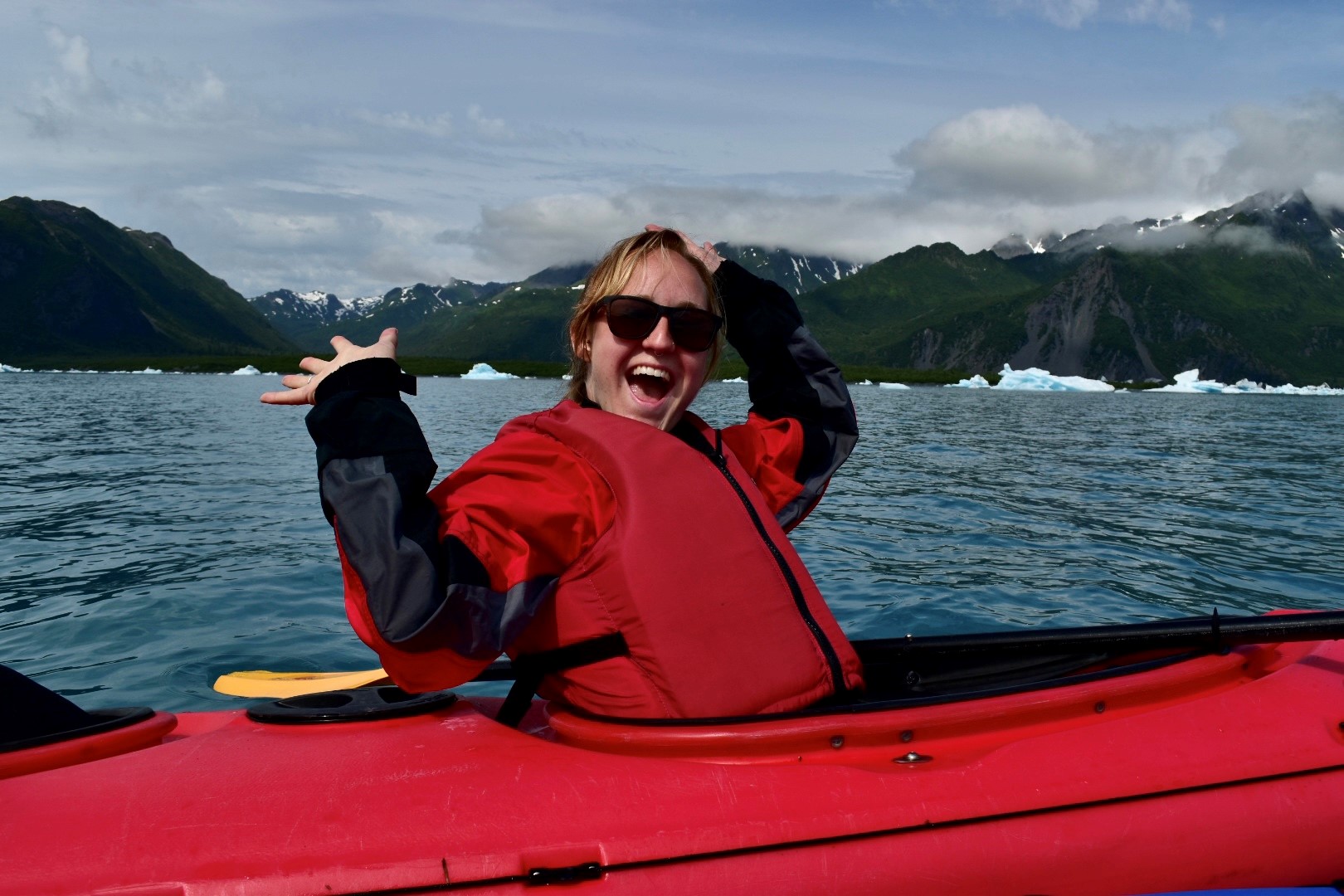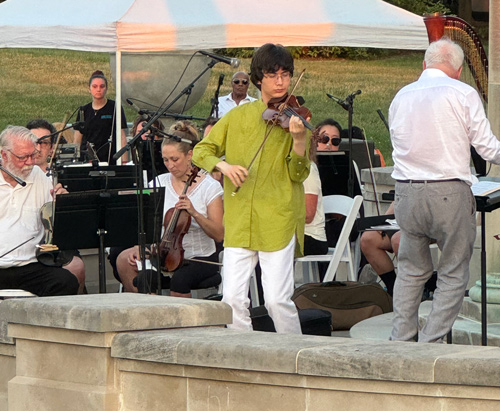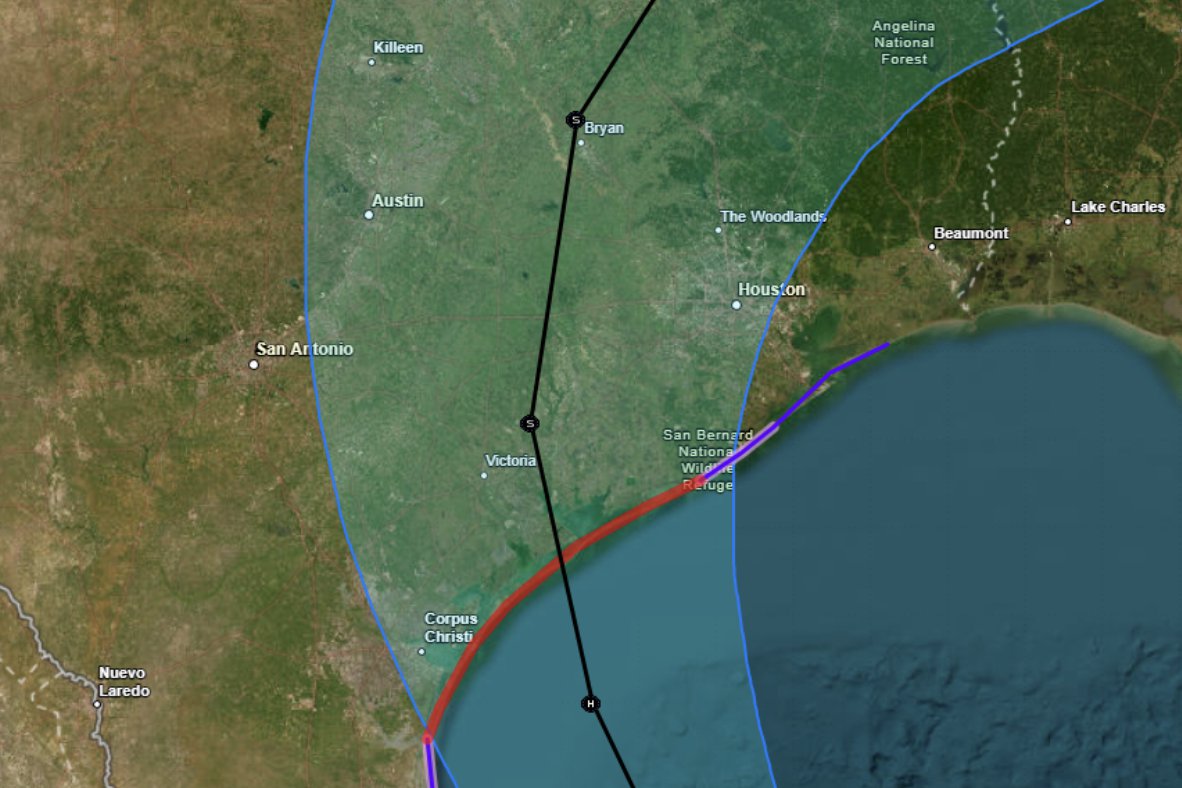DOE Northern Lights: Meet Taylor Asher

The Arctic Energy Office is hosting a series of interviews to highlight the lives and accomplishments of some of DOE’s outstanding employees with ties to the Arctic and Alaska. Today, meet Taylor Asher, a project manager in the Office of State and Community Energy Programs who grew up in Talkeetna and currently lives in Anchorage. If you are a Department of Energy employee with ties to Alaska, or know someone there who does, please contact us at [email protected] so that we can feature you in future editions.
When did you live in Alaska?
I grew up in Talkeetna, Alaska and currently live in Anchorage. I have also worked for the Alaska Energy Office, which has taken me throughout the state to other rural communities and villages, some of which are only accessible by boat or plane.
When did you start working at DOE?
I started in August 2023 and have enjoyed it since day one. I hope to retire from DOE in about 30 years.
What do you do at the DOE?
I am a project manager in the State Energy Program (SEP) in the Office of State and Community Energy Programs (SCEP). I oversee federal funding for the five U.S. territories, including American Samoa, the Commonwealth of the Northern Mariana Islands (CNMI), Guam, Puerto Rico, and the U.S. Virgin Islands. My job is to interface with the Department of Energy for these territories, ensure they spend federal funds properly and comply with all federal rules and regulations, and assist them in implementing energy projects and programs.
Why did you want to work at DOE?
The federal government has a large and far-reaching influence, the Department of Energy provides resources for states, local governments, and territories to make a meaningful impact in the clean energy space. I studied climate science and solutions in graduate school, focusing on how we produce and consume energy to solve our climate problem. Working at the Department of Energy is a dream because it allows me to be part of a team that has similar values and goals for our climate and energy space.
Tell us about your experiences in the Arctic. What are your best memories?
Growing up in a small town in Alaska gave me a unique perspective on the world. I didn’t have running water or electricity growing up, we had to haul water and use an outdoor toilet in -40 degrees Celsius. My fondest memories are riding the snowmobile to school, net fishing in Kasilof (Alaska residents only) where I caught 25 salmon in just a few hours, and camping near Denali.
How has your time in the Arctic shaped you into the person you are today?
Growing up in Alaska, and especially enjoying life off the grid, I learned to really appreciate when you flip a switch and the lights come on. I learned how important it is to maintain healthy ecosystems, especially for our animals and all life that relies on us for a living.
How has your time in the Arctic influenced your prospects at DOE?
I understand the importance of community engagement and working with small and rural communities. Although Alaska is in the Arctic and all U.S. territories are close to the equator, we face similar issues in addition to climate, including remoteness, lack of resources, transportation challenges, limited labor, language barriers, internet connectivity limitations, and others. My experience in Alaska has given me a background that allows me to better understand the needs of the territories and work with them to achieve their energy goals.
What do you love about your job?
I Love Love Love Working with the territories, we have had similar experiences and I have built a great working relationship with the people who manage their federal funds. I also have a great team and a supportive manager and the culture at DOE is positive, motivating and we get a lot done with a small group of people.
What is your favorite place in Alaska?
My favorite place in Alaska is Seward. I love going out on the boat to see glaciers, fjords, and all the marine life including whales, sea lions, otters, puffins, shrimp, etc.



